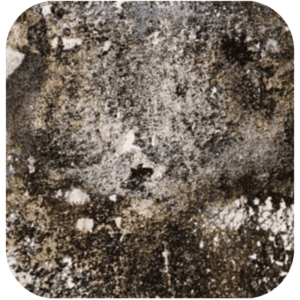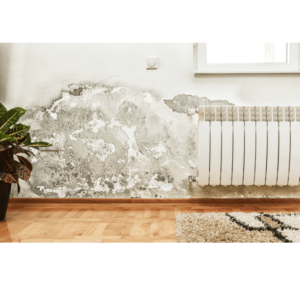5 Tips on How to Detect Mold in Your Bathroom
Mold infestation is a problem that millions of homeowners face across the globe. They may differ in terms of strain, toxicity, and species, but one commonality is the fact that they are all dangerous and can spread rapidly if not removed.
Mold exposure can cause side effects such as asthma attacks, hay fever-like symptoms, dizziness, headaches, skin rashes, and nausea; this is why mold is so unwelcome in our homes.
Since mold thrives mostly on organic matter and moisture, there is no doubt that our bathrooms hold the highest risk of a mold infestation. Unfortunately, most homeowners don’t discover this menace until it is too late.
However, with these five important tips, you will be able to detect the slightest hint of mold growing in your bathroom.
 1. Check For Discolorations
1. Check For Discolorations
Whether it is on the wall, ceiling, cabinets, tiles, or shower curtains, any discoloration can be a sign of the growth of mold. With mold, these visible patches of black, white, green, or brown may be mistaken for regular grime or dirt.
However, you can tell if it is mold by swabbing the spots with diluted bleach, or by using mold test kits that can be purchased from most household supplies stores.
This is actually the easiest way to detect mold, but it may mean that it has been growing for a long time, without the homeowner noticing.
2. Look Out For A Musty Odor
Mold has a very distinct odor; the room may feel stuffy, damp and musty. You may even sneeze frequently and develop nasal congestion because of this smell.
Even after washing and drying your bathroom completely, and the smell still persists, then it is a definite warning sign of a mold invasion. Following this smell carefully may actually lead you to the affected areas, even if they are hidden underneath the tiled or painted surfaces.
If you are allergic to mold, or you have a weak immune system, then you need to be careful about this method, as it may spark a pulmonary illness.
3. Inspect Any Damaged Walls And Floors
An overgrowth of mold under wall and floor surfaces usually damages them. Apart from discoloration, you may discover crumbling paint and plaster, unstable surfaces, cracked or loose tiles and surfaces, as well as visible gaps in the caulking or grout.
 This is a sure sign of moisture damage, which goes hand in hand with the influx of mold. In this case, you may have to probe the surface with a knife, screwdriver, or chisel to check for the presence of mold. In some cases, you may have to lift out some of the tiles to see if there is mold underneath.
This is a sure sign of moisture damage, which goes hand in hand with the influx of mold. In this case, you may have to probe the surface with a knife, screwdriver, or chisel to check for the presence of mold. In some cases, you may have to lift out some of the tiles to see if there is mold underneath.
4. Watch Out For Slimy Floors
While bathrooms are usually damp and slippery after use, it is very important to ensure that you dry the floors and walls. This will not only help in keeping mold at bay, but it will also make it easier for you to detect any of it.
If the floors and walls of your bathroom feel slimy when you touch or walk on them barefoot, then there is a very high chance that they have mold growing on them. You can determine whether it is really mold by using a mold test kit.
5. Are There Ants Or Pests In Your Bathroom?
Many ants, insects, and pests like to bore their way into moist wood. Moist wood is usually the result of moisture and mold damage, which is common in the bathroom.
If you spot any ants, insects, or pests in your bathroom, then there is a very high possibility that mold is growing on the wooden structures in your bathroom. In this case, you will have to inspect all wooden fixtures such as cabinets, for any mold invasions.
How To Prevent And Remove Mold
The best way to prevent mold is by inhibiting the accumulation of moisture in your bathroom. You will have to keep your bathroom floors and walls dry after each use. Inspect your faucets, pipes, sinks, and bathtubs for leakages and fix them immediately.
Since some of the moisture comes from steam when you take a hot shower, it is important to install exhaust fans in your bathroom. You should keep them running for up to 30 minutes after using the bathroom. Another option is selecting a great air cleaner to remove mold.
You must also ensure that your bathroom has sufficient ventilation to let any moisture out, and allow quick drying of surfaces. While scrubbing or wiping the affected areas with household cleaners, you should remove the moldy spots and patches. The only sure way to get rid of mold completely is by using fungicide sprays and solutions.

Comments
Post a Comment